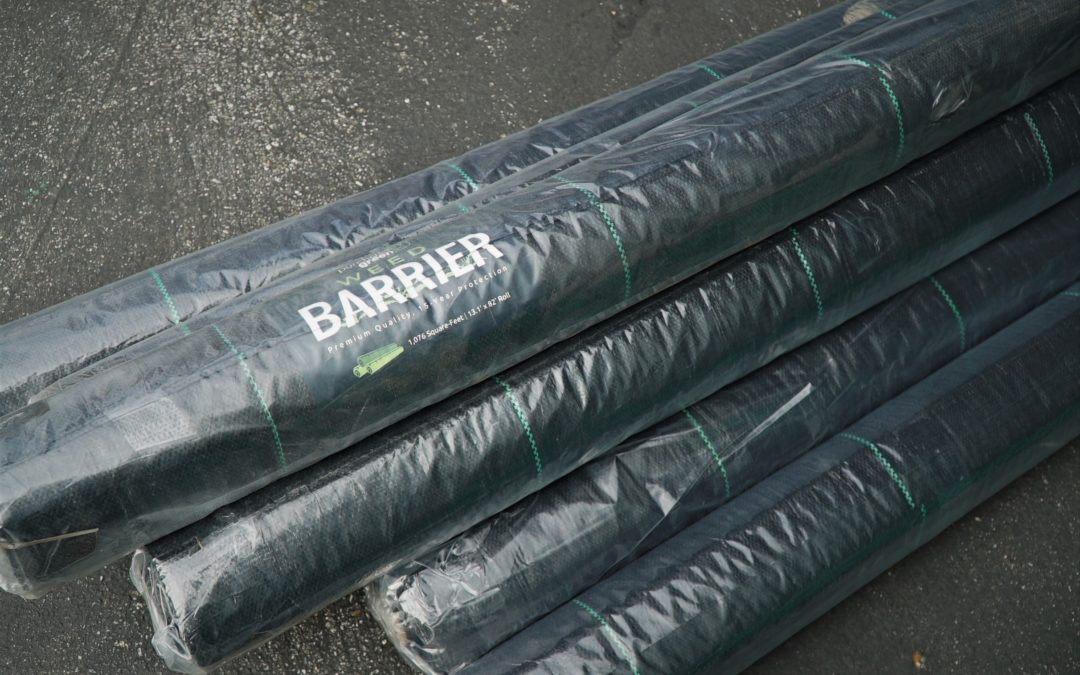Once a site has been excavated, all debris removed, sprinklers capped, and the ground compacted, you will have the option of adding weed barrier for artificial grass.
Weed barrier can be laid either on top of or below the sub-base, or sometimes both. The benefit of installing weed barrier below the sub-base is that it helps to prevent base contamination, the mixing of sub-base and native soil. Because native soil expands and contracts with the changing temperatures, it’s important to make sure your sub-base layer is thick enough to maintain a strong hold for your artificial grass, in order to prevent bubbling or rippling. We recommend a 3-inch minimum excavation depth to help prevent weed growth, critters, and movement of your grass.
Though, if the native soil is rocky and hard as opposed to claylike, there’s not as much of a need for or benefit to installing weed barrier beneath the sub-base. If the native soil is harder, it’s suggested to install only one weed barrier layer on top of the base. And while weed barrier underlayment can help provide extra protection against weeds and gophers, it’s still not impossible for gophers to break through and weeds to protrude. Weeds can be tough to prevent if the soil was not excavated deep enough or if the sub-base is contaminated.
To install weed barrier, unroll the fabric and cover the entire surface, while also overlapping each layer edge by about 6 inches. Then, secure by hammering nongalvanized flathead nails or sod staples wherever necessary.
For more information on weed barrier for artificial grass, check out the video below. If you want to know if weed barrier is right for you, reach out to your local Purchase Green store, or hit up that live chat feature on our website.




